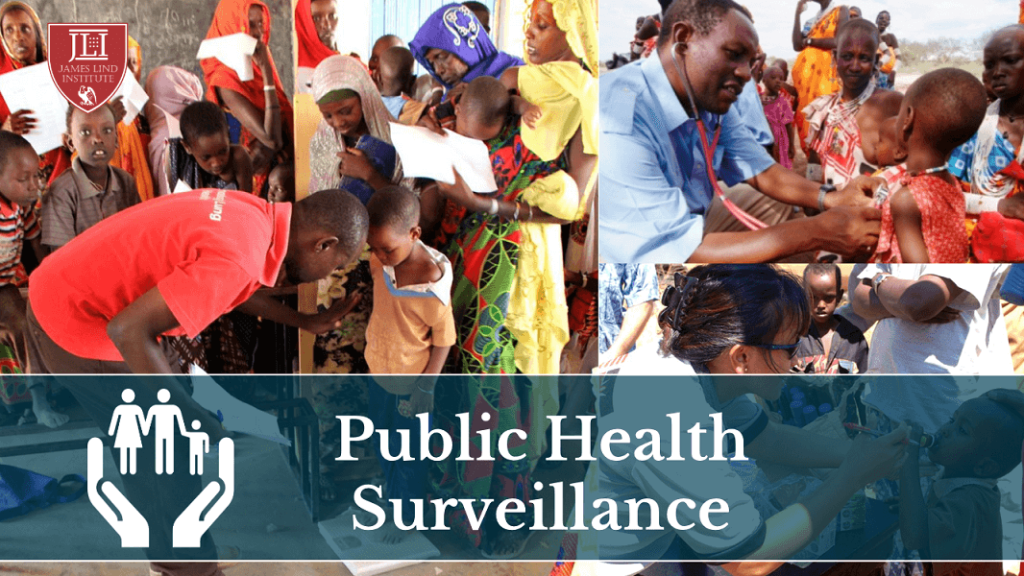
Defined as the ongoing systematic collection, analysis, and interpretation of health-related data for the purpose of informing public health action. It plays a critical role in disease prevention, outbreak detection and response, and monitoring the health of populations.
Public health surveillance may be used to track emerging health-related issues at an early stage and find active solutions in a timely manner. Surveillance systems are generally called upon to provide information regarding when and where health problems are occurring and who is affected.
Advancements in technology, data sharing, and analytical methods have improved the timeliness and efficiency of public health surveillance. However, privacy and ethical considerations must be carefully addressed to ensure the protection of individuals’ information and maintain public trust in surveillance systems.
Public health surveillance systems can be passive or active.
A passive surveillance system consists of the regular, ongoing reporting of diseases and conditions by all health facilities in a given territory.
An active surveillance system is one where health facilities are visited and healthcare providers and medical records are reviewed in order to identify a specific disease or condition.
Passive surveillance systems are less time-consuming and less expensive to run but risk under-reporting of some diseases. Active surveillance systems are most appropriate for epidemics or where a disease has been targeted for elimination.[3]
Techniques of public health surveillance have been used in particular to study infectious diseases. Many large institutions, such as the WHO and the Centers for Disease Control and Prevention (CDC), have created databases and modern computer systems (public health informatics) that can track and monitor emerging outbreaks of illnesses such as influenza, SARS, HIV, and even bioterrorism.
Many regions and countries have their own cancer registry, which is monitors the incidence of cancers to determine the prevalence and possible causes of these illnesses.
Other illnesses such as one-time events like stroke and chronic conditions such as diabetes, as well as social problems such as domestic violence, are increasingly being integrated into epidemiologic databases called disease registries. A cost-benefit analysis is conducted on these registries to determine governmental funding for research and prevention.
